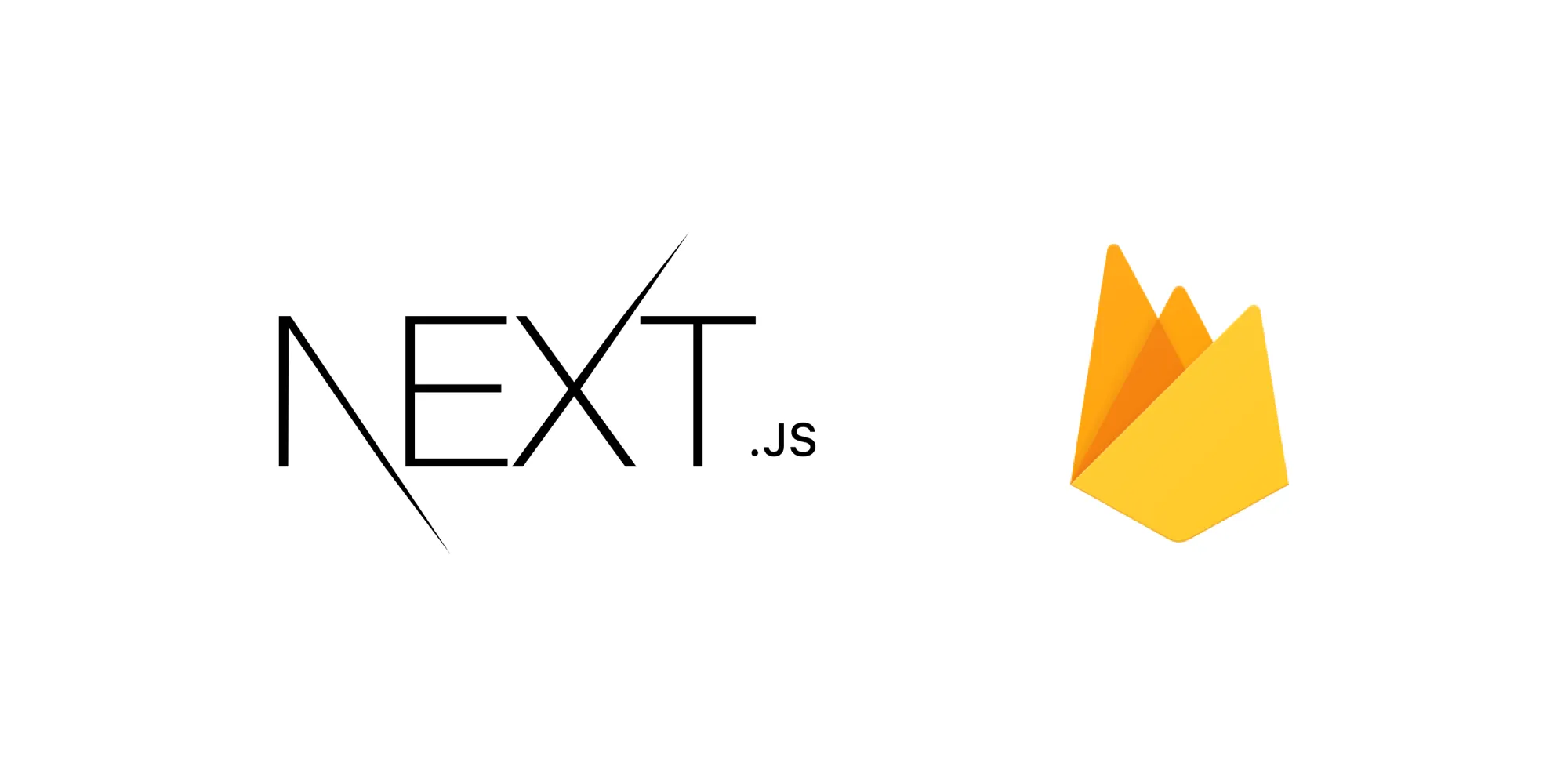
Published on November 10, 2014.
The Pebble Smartwatch is one of the most impactful devices released in the past two years. It captured the attention of the entire technology industry, all without trying to do anything extraordinary. The Pebble is a gadget out of science fiction, but only offers the simplest subset of smartphone features for the wrist. It catalyzed a wearable technology movement, forcing established smartphone companies like Apple and Google to consider smartwatches for their platforms. Those smartwatches were all designed in reference to the Pebble, and are competing vigorously with it. While it seems likely that the Pebble’s competition will overtake it in the coming years, without the Pebble, those devices would not exist as they are today.
The Pebble was the first successful smartwatch because it presented a fundamentally different paradigm for interaction with smartphones. The Pebble team didn’t dream up pie-in-the-sky features, they executed well on a few fundamental ones: notifications, remote control, and fitness. The Pebble aimed to be the perfect smartphone companion. Receiving notifications on the Pebble let users choose what would interrupt their day, a notable shift in user experience. Pebble promised to increase the signal to noise ratio from a user’s smartphone, so that they might spend less time fussing with their devices, and more time focused and engaged with the world around them. An ambitious goal, to be sure, but not an unreasonable one. Even at the margin, Pebble let users leave their phones in their pockets by moving simple tasks and notifications to the wrist. When it shipped in 2012 for $150, the Pebble worked with Android and iOS. At that price, it aimed to be the smartwatch for everyone.
With apps like Yelp, Foursquare, and PebbleBucks, Pebble fostered excitement for an ecosystem of watch apps that would transform the smartphone yet again. Paying for coffee using a watch may not have sold Pebbles on its own, but it represented the new possibilities that came from having a computer on your wrist. That said, Pebble’s success did not exist in a vacuum. Google Trends shows that in 2012 increased interest in “Pebble Watch” correlated with interest in “Smartwatch”. Pebble was poised to dominate a new product category, but in building media attention it also prompted competitors to develop their own smartwatches.
In keeping with their smartphone strategy, Samsung designed the Galaxy Gear to build on top of the Pebble’s feature set, offering voice calls and a wrist-mounted camera and bundling it with the Galaxy Note 3. Their leading marketshare does not represent meaningful competition to Pebble, however; the Gear is overwhelming and hard to use. Google, in contrast, sought to simplify the role of the smartwatch. Playing to its strength — cloud services — Google designed Android Wear as a portal into Google Now. Android Wear harnesses Google’s knowledge about its users to provide the right information at the right time, a natural extension of Pebble’s offering. Google’s ability to parse emails, analyze search history, and read from on-device sensors allows Android Wear to augment Pebble’s notifications with a layer of insight. Instead of just listing a user’s latest messages like the Pebble would, Android Wear can surface flight information and let users respond with their voice. Wear is very opinionated from a design prospective and does not leave much room for user customization, but this is in service to the user experience. With Android Wear running on stylish hardware like Motorola’s Moto 360, Google is much stronger competition for Pebble than Samsung.
Apple will take yet another approach with the Apple Watch. By focusing on industrial design and offering a variety of styles and straps, Apple has positioned the Watch as a piece of jewelry rather than mere wearable tech. It is clear that Apple will alleviate any hesitation that consumers had with buying the perceivably “nerdy” Pebble or Android Wear devices with its more luxurious line of watches. That said, the Apple Watch’s presumably high price may turn away others. While consumers are accustomed to upgrading their phones every two years, they expect watches to last for much longer than that. Apple’s focus on designing and selling beautiful hardware will make them a serious competitor to Pebble, especially if they’re able to continue their history of selling premium first-generation products at premium price points.
Due to a lack of engineering infrastructure and brand recognition, the Pebble is faced with significant, possibly insurmountable challenges in the coming years. If Pebble is to keep up with Google and Apple, it needs to differentiate. The Pebble team should focus their brand on being customizable, fun-loving, and perhaps even silly. In keeping with their current aesthetic, they could launch a new hardware line that offers customization as a service, allowing shoppers to choose from a large color selection and then customize their Pebble with 8-bit art. That, in combination with some lighthearted TV ads, might allow Pebble to avoid direct competition with Samsung, Google, and Apple. A recent redesign to the Pebble website has started to take steps in this direction, but unfortunately comes off as overly defensive and self-deprecating. The main header reads “Breathe, everyone — It’s just a watch,” and the final pane says “Just to recap — we made a watch — we didn’t solve global warming.” They’re wrong, though. The Pebble is not “just a watch”: it started a revolution in wearable computing that they are slowly losing their grip on. The Pebble will not be able to compete directly with Google and Apple in the areas in which those companies excel, and Pebble’s current attitude towards that competition tells a troubling story about their capacity to adapt.
The Pebble was responsible for launching an entirely new product category, in which many smartphone giants are now fiercely competing. While Pebble’s early success was due to its execution of relatively pedestrian features, that won’t sustain its position in the marketplace. Being revolutionary doesn’t mean that the Pebble can rest on its laurels, unless it wants to join the ranks of BlackBerry and Palm. The Pebble was a landmark device because it brought the smartwatch out of science fiction. If it wants to sustain its relevance, it must commit to differentiation through aesthetic, software, and branding.




